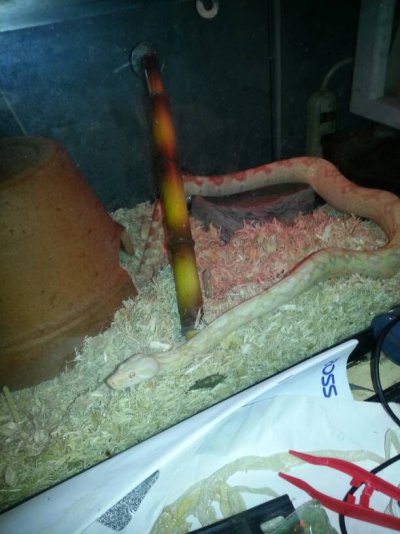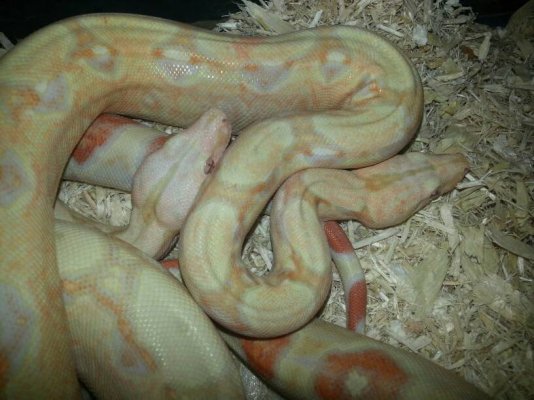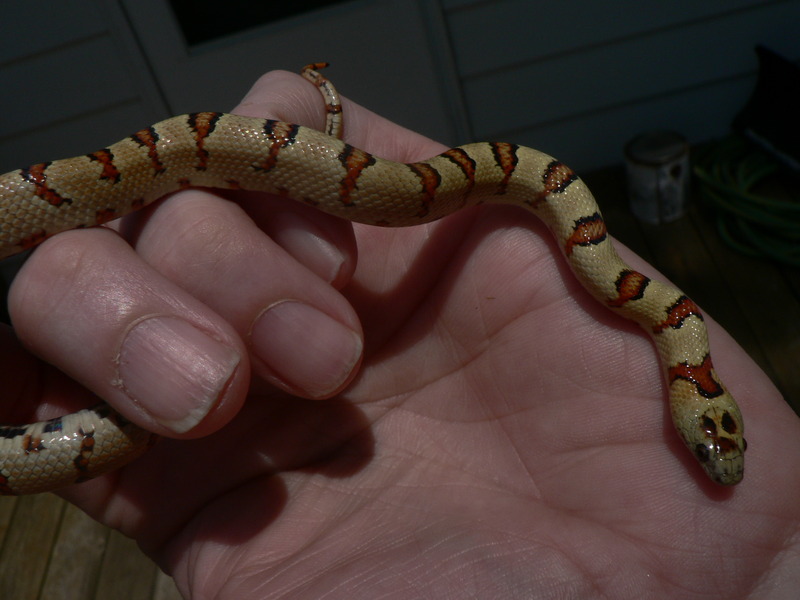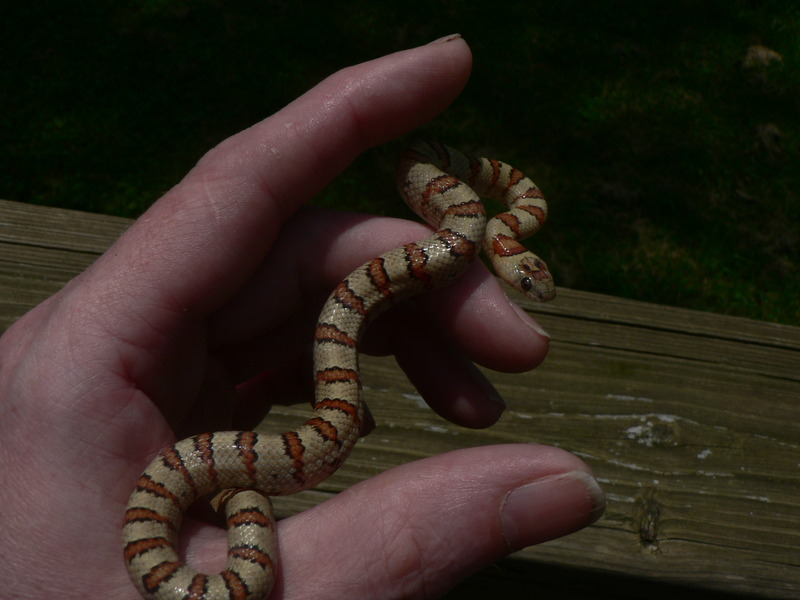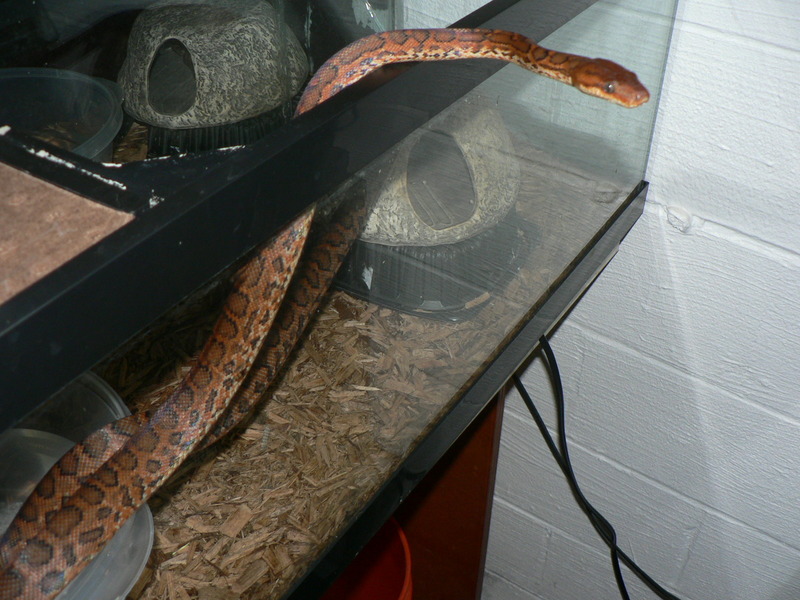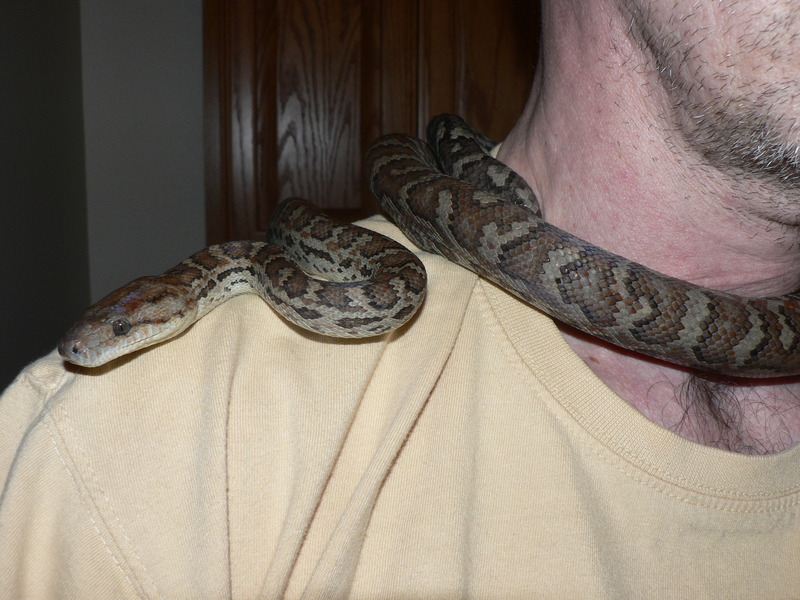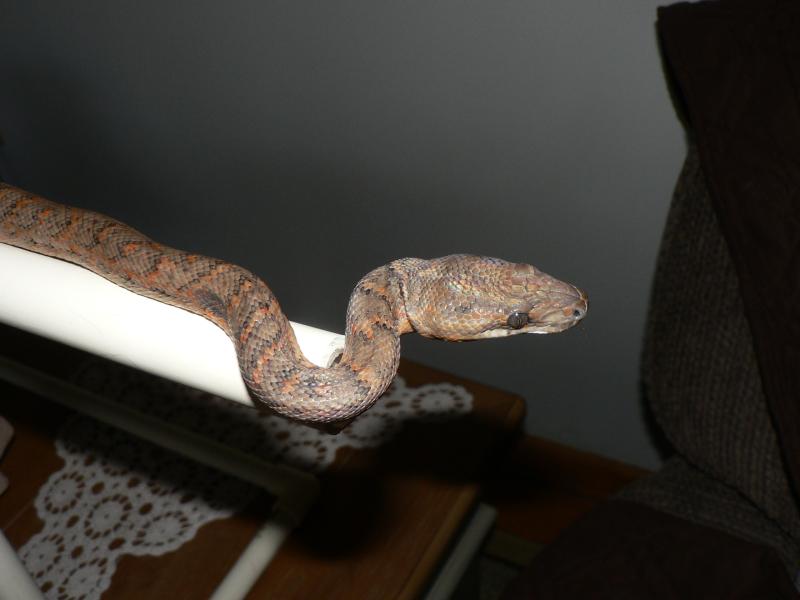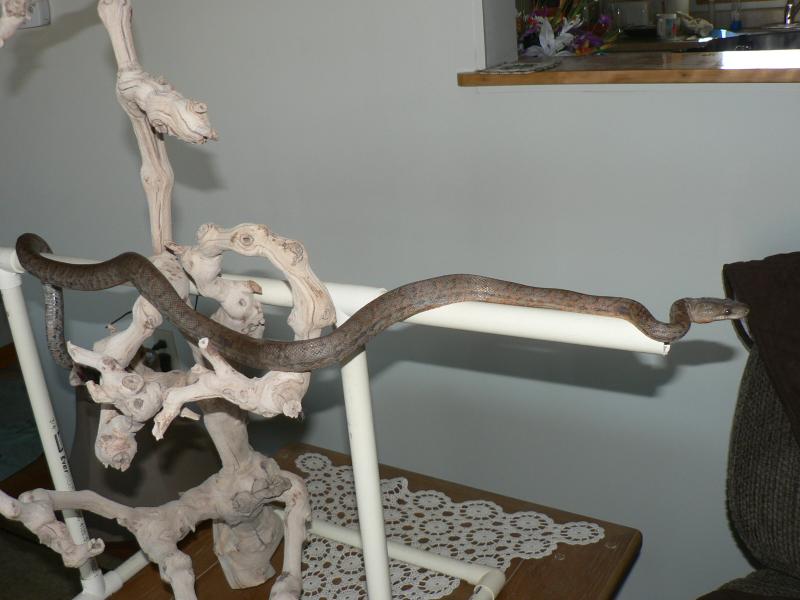"I'm thinking to grow it out bit, and once it's a decent size send it to Tennessee with my sister-in-law when she comes up for a visit to be released somewhere suitable. "
This is absolutely illegal and unethical. It doesn't matter if the snake is native to that area. You do NOT release captive animals without Fish and Game permission.
There are pathogens that can be transmitted. Some areas may have a unique population.
http://tnherpsociety.org/reptile_review.pdf
"Releasing Long-term Captives: Why you can't do it.
It is illegal to release non-native wildlife into any area. Nonnative is any species that is not native to the area you are thinking of releasing it in. Many people do realize that there are many species of box turtles, for example. Just because there are box turtles where you live in Texas does not mean that they are the same species as the box turtle you brought back from your trip to Virginia.
It is illegal to release native wildlife without a permit. Even wildlife rehabilitators require special permits and licenses to operate.
It is morally unethical. Assuming you want it to live, giving it to a pet store for resale is probably not an option. The reason the California desert tortoises are under threat of extinction is because those populations not disturbed by habitat destruction are being decimated by a viral infection spread into the wild populations by sick former captives who were released into the wild to either live or die - the former owners didn't particularly care which, and had some foolish notion that if they were meant to get better, they would.
In addition, long term captives may be carrying organisms against which they have developed immunity but against which wild populations have not - thus a release such as you plan could be devastating to the native turtle populations. And, conversely, the wild populations may have immunity against organisms against which your foundling does not - again, a release could be lethal. Other animals may be affected as well, as many of the infecting organisms will happily inhabit many different types of hosts.
Releasing long term captives outside their normal range, even if it is in similar habitat, may also prove fatal as many of them fail to learn to feed, hide and generally survive. (One study of wild rattlesnakes resulted in most of the study group dying, despite the fact that the biologists released them into what they considered to be prime habitat for that species, an area which was devoid of any other rattlers.) Also, they have little natural defenses against predators which may be different than the ones in the locale in which they evolved.
The best thing to do is to contact your local herpetological society (or turtle and tortoise society, if applicable), and give the reptile to them. They will check them over to assure they are healthy, treating them if they are not. They will then be adopted out to people who will care for them properly."
I'm a former member of the Northern California Herpetological Society. This was taught to us all. Releasing long term Captives or Captive Born snakes is wrong and can endanger wild populations.
So many people do not realize this.
Sent from my iPhone using Aquarium Advice

